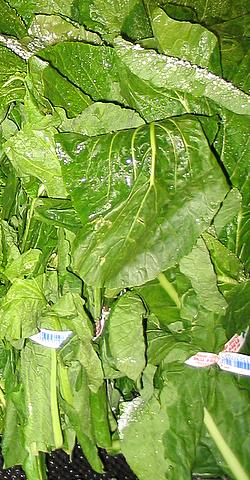It sounds crazy, but the Centers for Disease Control and Prevention (CDC) has issued a statement about leafy greens, poultry, and dairy after a recent study and it ain’t good.
For a ten-year period, between 1998 and 2008, leafy green such as kale, lettuce, and spinach were the leading causes of food-borne illnesses in the United States. But, it was dairy products that lead to the most hospitalizations. And, poultry – well, that led to the most deaths.
Now, the CDC didn’t release this info to scare you (although it did me!). Patricia Griffin, a food-borne disease expert with the CDC and senior author for the report, said, “The vast majority of meals are safe. Eating them is so important to a healthy diet. They’re linked to reduced risk of heart attacks, stroke and cancer.”
What the study, which appears in the Emerging Infectious Diseases journal, was meant to do is caution the food industry and regulators to improve the safety of the food, i.e. it is probably less likely the way you handle your greens as it is the way the company handles it before it even gets to you.
For the study, the experts looked at 4,887 food-borne illness outbreaks where sources pointed to these foods as resulting in 128,269 people getting sick, hospitalized, or dying.
The study showed that 23 percent of the illnesses were caused by greens while 14 percent were caused by dairy. But, when it came to hospitalizations, dairy was a higher percentage than greens (16 percent versus 14 percent) while poultry caused 12 percent. Ten percent of illnesses that resulted in deaths were caused by diary while 19 percent were caused by poultry.
Before you get too freaked out by all these numbers, know that the amount of deaths were relatively small – 277 due to poultry and 140 due to dairy products during the ten years that were studied. And, most of the dairy was involving unpasteurized milk and cream.
This study will help the newly implemented Food Safety Modernization, in which the Food and Drug Administration (FDA) focuses on high-risk food products, by helping to identify just which products need more regulation to protect our safety.


